WordPress Custom Post Type Taxonomy Category
Last Updated : Mar 11, 2024
IN - WordPress | Written & Updated By - Dikshita
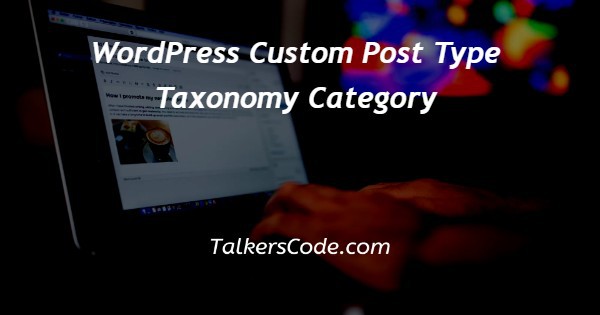
In this article we will show you the solution of WordPress custom post type taxonomy category, the default feature of WordPress is the ability to categorize and tag your content.
Your content can be sorted further with custom taxonomies.
Posts and custom post types can be organized through taxonomies in WordPress. Biological classification is called Linnaean taxonomy, which originated from the word taxonomy.
There are two taxonomies included with WordPress by default - Categories and tags.
Your blog posts can be organized using them. If you use a custom post type, your categories and tags may not look appropriate for all types of content.
The books type can be sorted on the basis of a custom taxonomy called 'topics' if you create one.
If you want, you can add topics like Adventure, Romance, Horror, and other books you are interested in. By sorting books this way, you will be able to find them more easily and organize them.
It's also possible to have hierarchical taxonomies, consisting of main topics such as fiction and nonfiction. Under each category, there will be subtopics.
Step By Step Guide On WordPress Custom Post Type Taxonomy Category :-
- Custom Post Type UI should be installed and activated first. You can read more about installing a WordPress plugin in our guide.
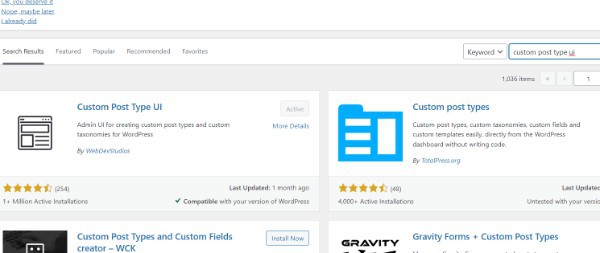
- Create a custom post type that you will call something. Make sure you've created a custom post type before you start designing your taxonomies.

- You can create your first taxonomy in the WordPress admin area by clicking CPT UI » Add/Edit Taxonomies.
- The following steps must be completed on this screen
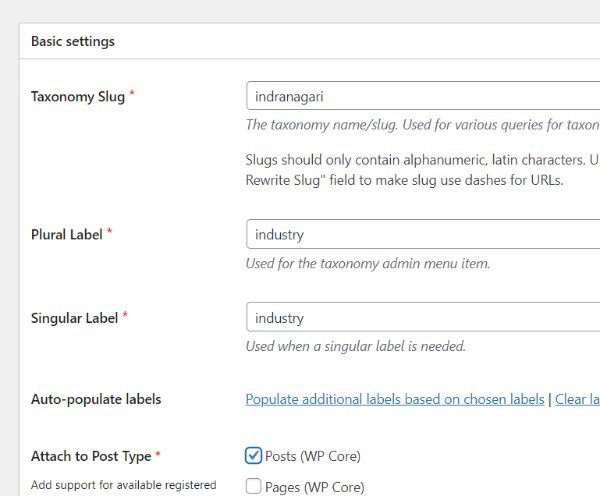
- You will use this in your URL when building your taxonomy.
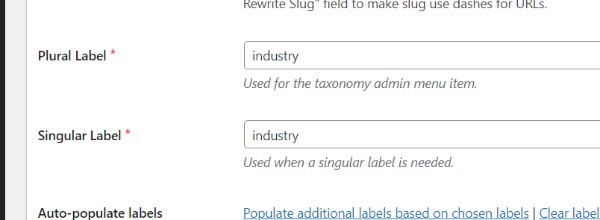
- Creating the taxonomy's slug is the first step. In WordPress search queries and in URLs, this slug is used.
- There can only be letters or numbers in this field, and lowercase letters will be converted automatically.

- Your custom taxonomy will then be filled in with the plural and singular names.
- After you have selected your labels, you have the option to create additional labels based on them. Plugins will automatically fill in the remaining label fields when you do this.
- You can add additional labels at the bottom of the screen by clicking 'Additional Labels'. In this field, you can describe the post type you are creating.
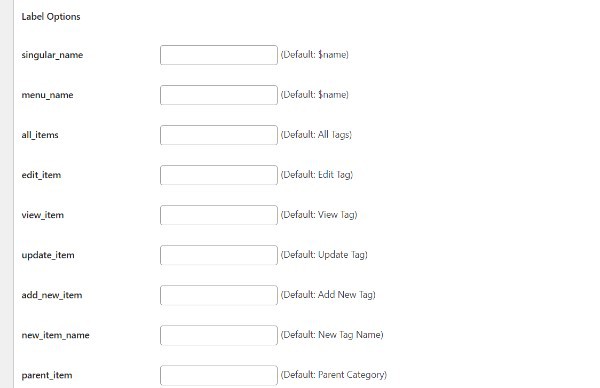
- In the WordPress dashboard, you'll see these labels when editing and managing content for a custom taxonomy.
- The settings option can be found on the next screen. Depending on the taxonomy you create, you can set up different attributes. Each option has a description that you can read to learn more about it.
- It is obvious from the title that this taxonomy is hierarchical. As a result, we can have sub-topics within a subject in our taxonomy 'Subjects'. It is possible to have subtopics within a subject like Fiction, such as Fantasy, Thriller, Mystery, and others.

- In the WordPress dashboard, there are many more settings to choose from
- Now that you have created your taxonomy, you can save it by clicking on the 'Add Taxonomy' button at the bottom.

- Once this has been done, you can start using it by editing the post type associated with this taxonomy in the WordPress content editor.
Conclusion :-
Posts and custom post types can be organized through taxonomies in WordPress.
Biological classification is called Linnaean taxonomy, which originated from the word taxonomy.
There are two taxonomies included with WordPress by default: categories and tags. Your blog posts can be organized using them.
I hope this article on WordPress custom post type taxonomy category helps you and the steps and method mentioned above are easy to follow and implement.













